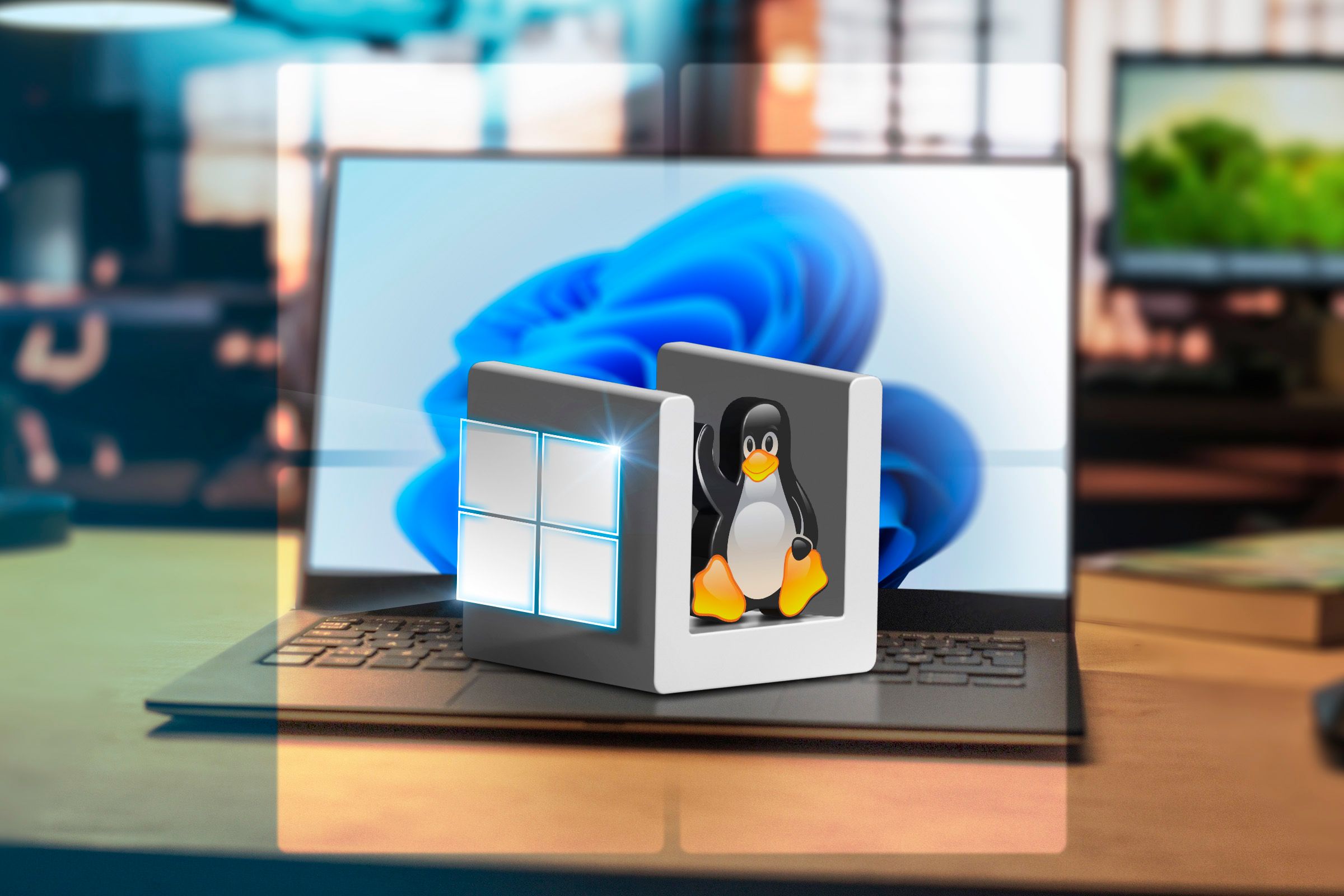Fedora 42 is now offered alongside Ubuntu, Debian, and other popular distros in the Windows Subsystem for Linux. It’s a neat addition for developers who want to create or audit cross-platform apps without dual booting, as well as professionals who need to access both Windows and Linux on a single machine.
The Windows Subsystem for Linux (WSL) lets you virtualize Linux distributions within the Windows desktop environment. It’s a near-native solution—zero emulation here, folks—and it doesn’t bog down your system with a resource-hungry virtualized graphical desktop environment. Linux distros in WSL also gain automatic access to your network connection and Windows files, and although WSL centers around the command line, it supports GUI apps.

Related
8 Weird Things I’ve Done With Linux Just Because I Could
Pushing Linux to its limits and trying out weird stuff. You know, for fun.
Technically speaking, you can spin a WSL image for any distro you want (so long as it’s compatible with your PC architecture). But officially-supported images are far more easier to deal with.
Microsoft simplified the WSL imaging process by implementing an improved tar-based architecture late last year. Evidently, this change encouraged the developers at the Fedora Project to hop on board. Their first WSL image is almost fully-featured, though it contains some flaws that need to be addressed in future releases—graphical applications can’t use hardware acceleration, for example, Flatpak isn’t bundled with the image (but can be installed with a simple sudo dnf install flatpak). Arch Linux also joined the WSL family this month, citing Microsoft’s improved imaging process, so we should expect additional distros to follow suit in the coming months.
To install Fedora 42 in WSL, run wsl –install and wsl –-install FedoraLinux-42 in the Windows Terminal. Once that’s done, use wsl –d FedoraLinux-42 to fire up the Linux environment. After you come up with a username, you’ll enter Fedora in the “wheel” user group with elevated privileges. Your account will not have a password, so be sure to set one up later if necessary.

Related
How to Mix And Match Windows and Linux With WSL
Jump between Windows and Linux programs from a single command line window.
You should also read the Fedora 42 documentation before jumping into WSL, though most won’t. Those who have never tested WSL should start with whatever distro they’re most comfortable with, though longstanding options like Ubuntu, Debian, and OpenSUSE will offer the most polished experience, as they’ve been part of the WSL family for a long time. If you’re a total Linux newbie who’s interested in switching over from Windows, I suggest that you dual boot or fire up a VM with a full desktop environment, as WSL is primarily designed for the command line.
I’ll take this moment to fess up—Fedora Linux was actually added to the WSL distribution list about three weeks ago, and the effort to create a dedicated Fedora WSL image dates back to December 2024. Microsoft simply held off on making an announcement, so the distro’s inclusion in WSL went under the radar.
Source: Microsoft via XDA Developers




